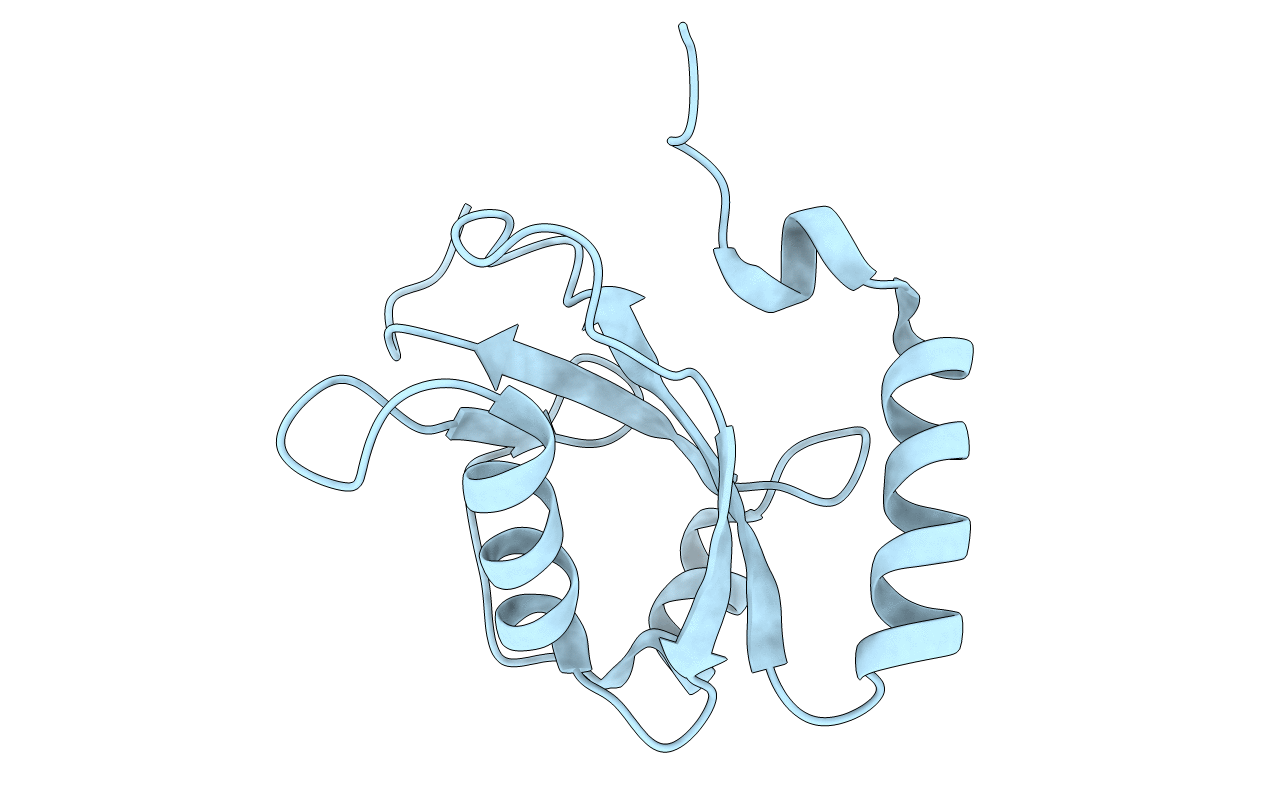
Deposition Date
2003-11-11
Release Date
2004-12-28
Last Version Date
2023-12-27
Entry Detail
PDB ID:
1V49
Keywords:
Title:
Solution structure of microtubule-associated protein light chain-3
Biological Source:
Source Organism:
Homo sapiens (Taxon ID: 9606)
Host Organism:
Method Details:
Experimental Method:
Conformers Submitted:
1


